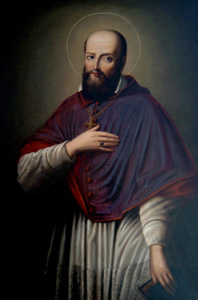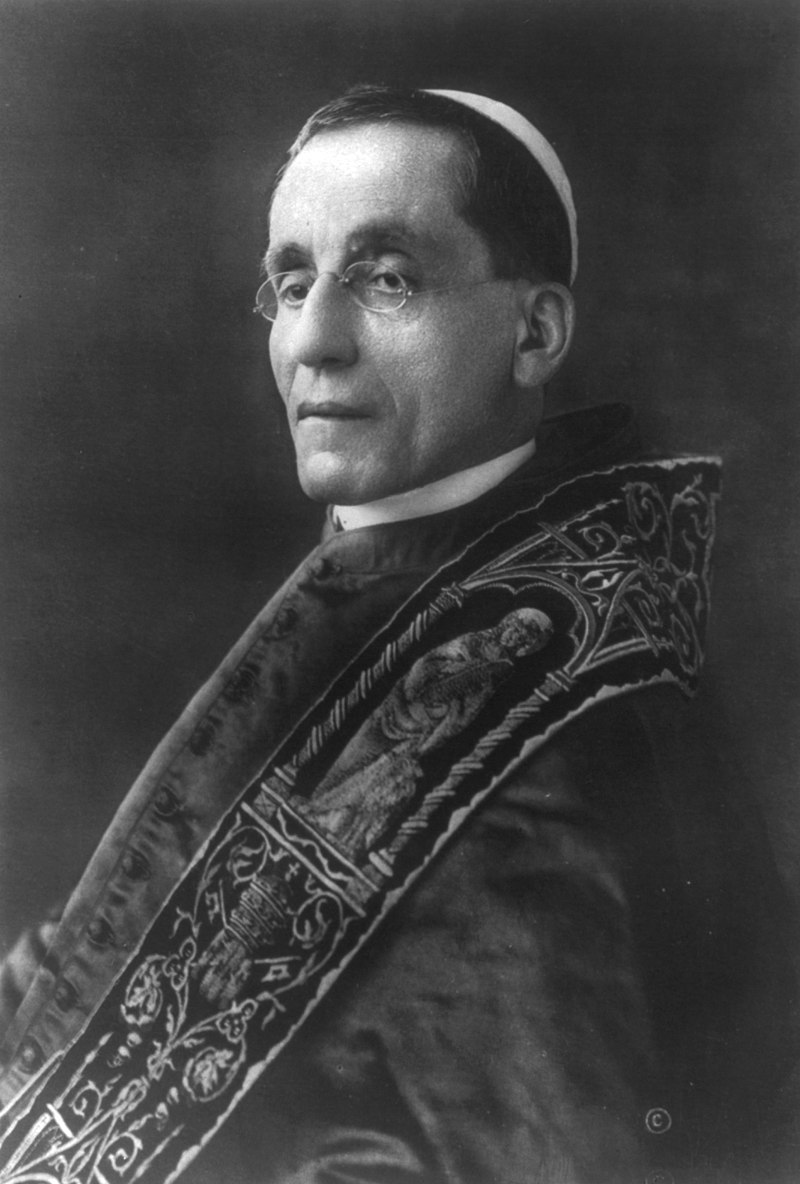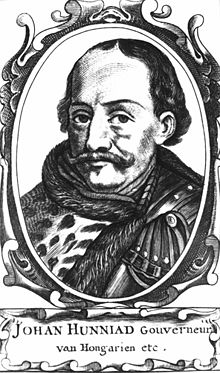Text from The Saint Andrew Daily Missal.
Sexagesima Sunday.
Station at Saint Paul-without-the-Walls.
Semi-Double.
Privileged Sunday of The Second-Class.
Violet Vestments.
The Seed Is The Word of God.
Illustration: UNA VOCE OF ORANGE COUNTY
Artist: Rene de Cramer.
"Copyright Brunelmar/Ghent/Belgium".
Used with Permission.
As on last Sunday, and on those which follow until Passion Sunday, The Church teaches us "to celebrate The Paschal Sacrament" by "The Scriptures of both Testaments" (Prayer of Holy Saturday after The Seventh Prophecy).
Through the whole of this week, The Divine Office is full of the thought of Noah. God, seeing that man's wickedness was great upon the Earth, said: "I will destroy man, whom I have created"; and He told Noah: "I will establish my covenant with thee and thou shalt enter into The Ark."
For forty days and forty nights, rain fell on the Earth, while The Ark floated on the waters, which rose above the mountain tops and covered them; and, in this whirlpool, all men were carried away "like stubble" (Gradual); only Noah and his companions in The Ark remaining alive.
Traditional Latin Mass
for Sexagesima Sunday.
From Saarlouis, Germany.
Available on YouTube at
English: Holy Mass, in The Extraordinary Form of The Roman Rite, Missa Cantata
for The Sunday of Sexagesima, from the Canisiuskirche, Saarlouis, Germany.
Celebrant: Fr. André Hahn, FSSP.
Deutsch: Heilige Messe in der außerordentlichen Form des römischen Ritus, Missa Cantata
auf Sonntag von Sexagesima, aus dem Canisiuskirche, Saarlouis, Deutschland.
Mit P. André Hahn, FSSP.
Français: Messe, dans la forme extraordinaire du rite romain, Missa Cantata le dimanche de Sexagesima, de l'Canisius Kirche, Saarlouis, en Allemagne.
Présidée par le P. André Hahn, FSSP.
Then God remembered them and, at length, the rain ceased. After some time, Noah opened the window of The Ark and set free a dove, which returned with a fresh olive-leaf and Noah understood that the waters no longer covered the Earth. And God said to him: "Go out of The Ark, thou and thy wife, thy sons, and the wives of thy sons, with thee" (Communion). And the rainbow appeared as a sign of reconciliation between God and men.
That his story is related to The Paschal Mystery, is shown by the fact that The Church reads it on Holy Saturday [Editor: The Second Prophecy]; and this is how she herself applies it, in The Liturgy, to Our Lord and His Church. "The just wrath of The Creator drowned the guilty World in the vengeful waters of The Flood, only Noah being saved in The Ark. But then the admirable power of love lavéd the World in blood" [Hymn for The Feast of The Precious Blood].
It was The Wood of The Ark which saved the human race, and it is that of The Cross which, in its turn, saves the World.
"Thou, alone," says The Church, speaking of The Cross, "hast been found worthy to be, for this ship-wrecked World, The Ark which brings safely into port" [Hymn at Lauds in Passiontide]. "The open door in the side of The Ark, by which those enter who are to escape from The Flood, and who represent The Church, are, as is explained in The Liturgy, a type of The Mystery of Redemption; for on The Cross, Our Lord had His Sacred Side opened and, from this Gate of Life, went forth The Sacraments, giving true life to Souls. Indeed, The Blood and Water, which flow from thence, are symbols of The Eucharist and of Holy Baptism" [Lessons from Saint Chrysostom and Saint Augustine; Matins of The Feast of The Precious Blood].
Saint Alphonsus Liguori on
"The Unhappy Life of Sinners".
Sermon for Sexagesima Sunday.
Available on YouTube at
"O God, Who, by water, didst wash away the crimes of the guilty world, and, by the overflowing of the deluge, didst give a figure of regeneration, that one and the same element might in a Mystery be the end of vice and the origin of virtue: Look, O Lord, on the face of Thy Church and multiply in her Thy regenerations, opening the fonts of Baptism all over the World for the renovation of the Gentiles [Blessing of The Baptismal Font on Holy Saturday]. "In the days of Noah, says Saint Peter, "eight Souls were saved by water, whereunto Baptism, being of the like form, now saveth you also."
On Maundy Thursday, when the Bishop Blesses The Holy Oil from the olive-tree, which is to be used for The Sacraments, he says: "When, of old, the crimes of the World were atoned for by the waters of The Flood, a dove, foreshadowing the gift to come, announced by an olive-branch the return of Peace to the Earth.
And this, indeed, is made clear by its effects in latter times; when the waters of Baptism, having washed away all guilt of sin, the unction of the oil makes us joyous and serene." The Blood of Christ is the blood of The New Covenant, which Almighty God has made with man, through His Son. "Thou," cries The Church, "Who, by an olive-branch didst command the dove to proclaim Peace to the World." Peace is often mentioned in The Mass, which is the memorial of The Passion, "Pax Domini sit semper vobiscum." And we shall find the Collect for Easter Friday, speaking of The Paschal Sacrament, as the Seal of Reconciliation between God and men.
Above all, however, in his Divinely Appointed Mission as Father of all succeeding generations, Noah is a figure of Christ [Sixth Lesson of Septuagesima Sunday]; he was truly The Second Father of The Human Race and he remains the type of life continually renewed. We are told in The Liturgy that the olive-branch, by means of its foliage, is a symbol of the prosperous fertility bestowed by Almighty God upon Noah when he came forth from The Ark, and The Ark itself is called by Saint Ambrose in today's Divine Office, the "Seminarium," or "Nursery", that it, the place containing the seed of life which is to fill the World.
Now, Christ, much more than Noah, was The Second Adam, peopling the World with a race of Believing Souls, Faithful to God. On Holy Saturday, in the Prayer following The Second Prophecy, which is concerned with Noah, The Church humbly asks Almighty God to "peacefully effect," by His Eternal Decree, "the work of Human Salvation," and to "let the whole World experience and see that what was fallen is raised up, what was old is made new." and that "all things are re-established, through Him from Whom they received their first being, Our Lord Jesus Christ."
It was through The Word that God made the World in the beginning (last Gospel), and it is by the Preaching of His Gospel that Our Lord came to bring men to a new birth. "Being born again," says Saint Peter, "not of corruptible seed, but incorruptible, by The Word of God Who liveth and reigneth for ever . . . And this is the word which, by the Gospel, hath been Preached unto you."
From this, we can see why today's Gospel is taken from the Parable of The Sower, for "the seed is The Word of God". If, in Noah's days, men perished, Saint Paul tells us, it was because of their unbelief, while, at the same time, it was by Faith that Noah "framed The Ark . . . by the which he condemned the World, and was instituted heir of the justice which is by Faith."
In the same way, those who believe in Our Lord''s words will be saved.
According to Saint Augustine's exposition, "as there were three floors in The Ark, so there are three different Spiritual Harvests" [See the explanation before the Gospel of today's Mass]. In today's Epistle, Saint Paul recounts all that he did and suffered in the course of Preaching The Faith to the Gentiles and, indeed, he, The Apostle to the Gentiles, was the outstanding Preacher of the World.
Commovisti, Domine.
The Tract for Sexagesima Sunday.
Available on YouTube at
He is the "Minister of Christ," that is, the one whom God had chosen to unfold to all Nations the good news of The Incarnate Word. "Who will grant me," cries Saint John Chrysostom, "to walk around Saint Paul's body, to embrace his tomb, to behold the dust of that body which filled up what was lacking in Christ's sufferings, which bore the marks of His Wounds, which everywhere spread abroad, like good seed, the Preaching of the Gospel ?" [In The Office for The Octave of Saint Peter and Saint Paul.]
The Roman Church has fulfilled this desire, in the case of her own children, by making a Station on this day to the Basilica of Saint Paul-without-the-Walls. "Through The Church's Neophytes," we read in The Liturgy, "the Earth is renewed, and, thus renewed, she brings forth fruit as it were from the dead !" [Easter Monday at Matins.]
Every Parish Priest Celebrates Mass for the people of his Parish.
Mass: Exsúrge, quare.

THE SAINT ANDREW DAILY MISSAL
THE SAINT ANDREW DAILY MISSAL
Available (in U.K.) from
Available (in U.S.A.) from

















.jpg)

.bmp)












